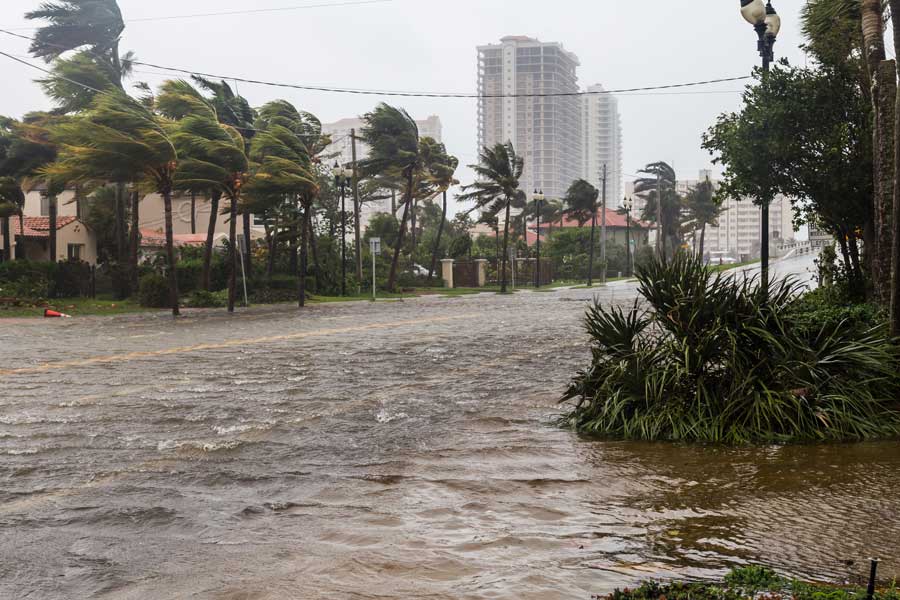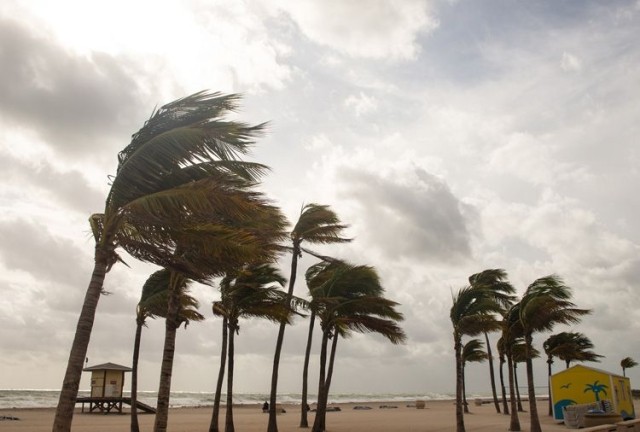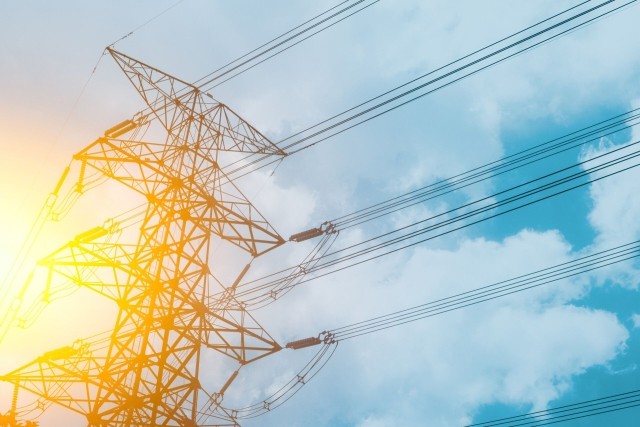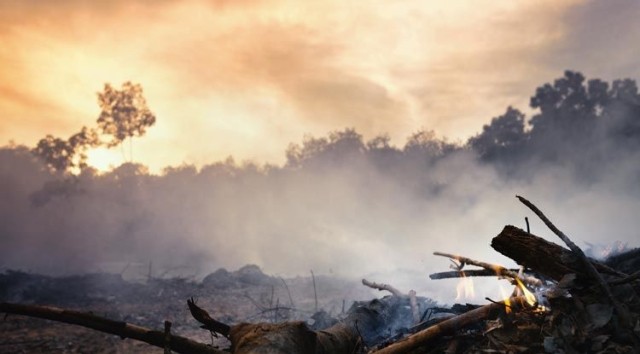Blog
Hurricane Preparedness: From First Warning Signs to the Aftermath – What You Need to Know
In less than a month, three powerful hurricanes devastated three large regions of the United States and Puerto Rico. In fact, no less than 12 hurricanes have landed in the United States in the last decade, each with wind speeds of at least 80 miles per hour. After witnessing the catastrophic effects of Hurricanes Harvey, Irma, and Maria, many Americans and businesses are asking whether they are prepared for the next tropical storm. Here are some suggestions for preparing for and responding to hurricane risk.
Prepare
While there are many ways to prepare for a hurricane, these general precautionary measures can serve as a good starting point.
Before the next hurricane strikes, we recommend you:
- Know your risk.
- Review your Shelter-in-Place and Evacuation Plans.
- Assess the capabilities of outside responders, such as the fire department, during a hurricane.
- Consider the potential for access roads being blocked by flood water and other debris.
- Develop a plan to notify colleagues of the conditions. (Be sure to consider contingencies in case of communications disruptions.)
- Ensure that the emergency response team and other vital personnel have all necessary and proper supplies and equipment (such as food, fresh water, first aid kits, flashlights, and rechargeable communications equipment)
- Inspect hurricane shutters/plywood used to protect openings, ensuring all components are readily available.
- Inspect roofs to ensure they are free from leaves or other debris that may clog drains and become airborne.
- Inspect all roof-mounted equipment to replace any missing bolts or rain bonnets.
- Ensure an adequate supply of plastic covers is available to protect computers, servers, and any other valuable equipment susceptible to water damage.
- Consider other risks, such as hazardous materials and energy sources, and implement adequate precautions accordingly.
- Document locations and procedures where natural gas and utilities can be safely shut off or confirmed to be shut off.
- Develop contingency plans for disruptions to other critical utilities, such as electrical, water, phone/data, and waste disposal.
- Identify individuals authorized to contract for cleanup and repairs, order closure of the facility, and complete other emergency actions.
Respond
Even after a hurricane has passed, there's still a lot to do. Here are our recommendations for responding to hurricane warnings, including the three stages of response, followed by advice on how to safely conduct damage assessment and cleanup following a hurricane.
The Watch Stage
Winds of 74 miles per hour or greater pose a potential threat within 36 hours. Here's how to respond in this scenario:
- Designate a weather monitor to map the storm's progress and to keep the emergency response team updated before, during and after the storm.
- Determine checkpoints (for example, when the storm is within 10 miles of your location) to take specific actions, such as shutting down operations or sending staff home
- Check emergency supplies and equipment.
- Determine how long operations can be continued at the facility.
- Begin to notify colleagues of the conditions in the area and the potential for damage.
- Notify other vendors and service providers of the potential need for their services.
- Identify equipment, inventory, valuable/critical materials, vehicles, computers, yard storage, records, and hazardous materials that might need to be moved or protected.
- Determine where those items can be moved or otherwise protected if necessary.
- Reserve appropriate equipment, such as temperature-controlled trailers, generators, pumps, and dehumidifiers.
- Inspect all fire protection equipment to ensure that it is in service.
- Fill all fuel tanks for fire pumps and emergency generators and test their operation.
- Fuel all mobile equipment that might be needed following the storm.
- Check and ensure proper maintenance of any additional back-up equipment.
- Move loose outside materials and equipment to a secure location.
- Clean out drains and catch basins.
- Fill above- and below-ground storage tanks.
- Strap or anchor roof-mounted equipment.
The Warning Stage
If hurricane conditions are expected within 24 hours, here's how to respond:
- Secure outdoor cranes to prevent them from moving, and lower elevated booms.
- Shut down operations that depend on outside power sources.
- Close storm shutters or board up/protect windows.
- Brace dock doors.
- Relocate/protect the selected items.
- Anchor mobile outside equipment and trailers.
- Secure flammable liquids.
- Relocate portable objects, even small ones (such as chairs and signs) to an indoor location.
- Release employees before conditions endanger them.
- Have cash on hand.
- Divert inbound deliveries.
- Consider turning off gas, flammable liquids, and electrical equipment to minimize chances of fire and injury.
- Protect electric fire pumps instead of turning them off and make every effort to keep fire protection in service.
- If appropriate, increase security and notify restoration companies.
The Post-Event Stage
This stage includes property damage assessment to prevent further damage or injuries.
After personnel safety has been addressed, check for hazards. Focus on safety hazards and fire hazards, natural gas leaks, and spills of flammable liquids or other hazardous chemicals:
- Examine all fuel-fired equipment and hazardous materials for leaks.
- Shut down gas supplies as appropriate, if leaks are detected.
- Do not enter any buildings with gas leaks unless you are properly trained.
- Survey the site and address flammable gas and liquid leaks and spills, fire protection impairments, electrical equipment damage, and damage to foundations or underground piping.
- Assess environmental concerns (such as leaking or backed-up sewage, storm drain overflows and hazardous materials releases and spills).
Salvage and Clean-Up
After the emergency, begin cleanup and restoration. At this time, safety should be your primary concern.
- Secure the site: Cover broken windows and torn roof coverings and clean roof drains.
- Use proper Personal Protective Equipment (PPE) as needed.
- Do not operate or clean any electrical device until it has been checked and approved by a qualified electrician.
- Enforce adherence to electrical safety rules and regulations: All employees should be required to enforce "lockout/tagout" procedures, and all electrical equipment should be kept locked out until thoroughly cleaned and checked by qualified electricians.
- Maintain as much fire protection in service as possible: Shut the minimum number of valves necessary to control leaking of impaired piping, and immediately repair damaged fire protection systems and return them to service.
- Control ignition sources during repairs: Perform hot work only after sprinkler protection is restored, and only with hot work permits after that.
- Survey the site and address flammable gas, liquid leaks and spills, as well as combustibles in contact with damaged electrical gear/ignition sources and other such hazards
- Engage remediation crew as needed.
- Examine machinery and equipment for damage, shut off as appropriate, make necessary repairs, and develop and follow proper procedures for safe start-up.
- Dehumidify damp areas, wet insulation, and building materials.
- Establish a building occupancy resumption program for post-hurricane evaluation to facilitate prompt repairs and re-entry to buildings.
- Keep documentation of damage and repairs.
In areas that have flooded, consider additional precautions:
- Areas covered with mud and silt will be slippery, making it difficult to find stable footing. All personnel will be susceptible to falls, strains, cuts, and bruises
- Ensure protection from raw sewage and other unknown hazardous chemicals by wearing gloves, rubber boots, and waterproof outerwear during cleanup operations.
We hope that these tips have helped you prepare for and respond to the next hurricane. For more information, contact your Woodruff Sawyer Account Team.
Table of Contents








